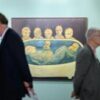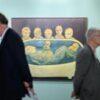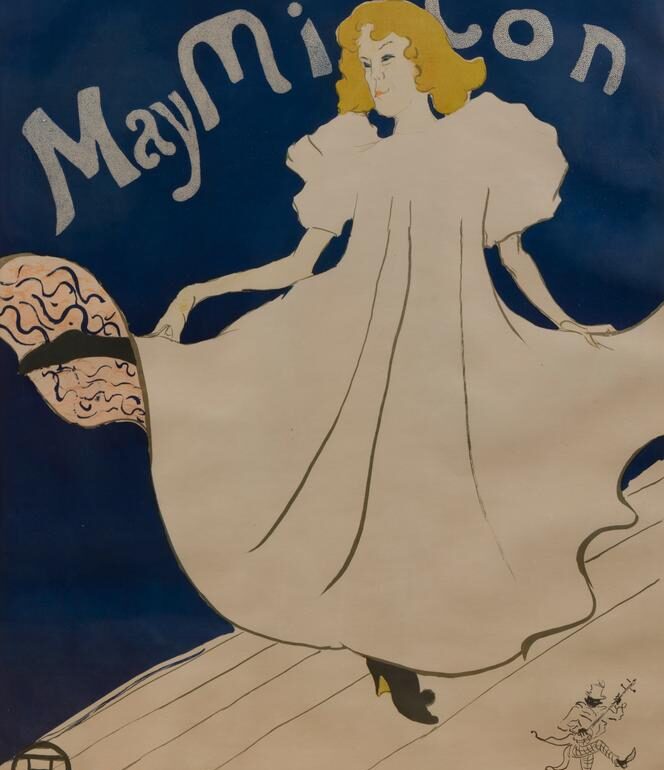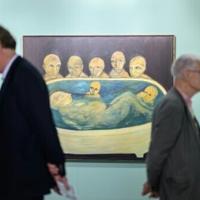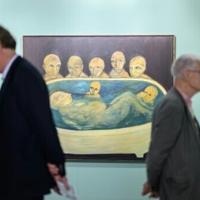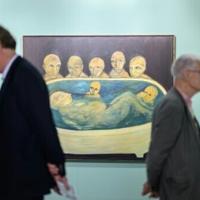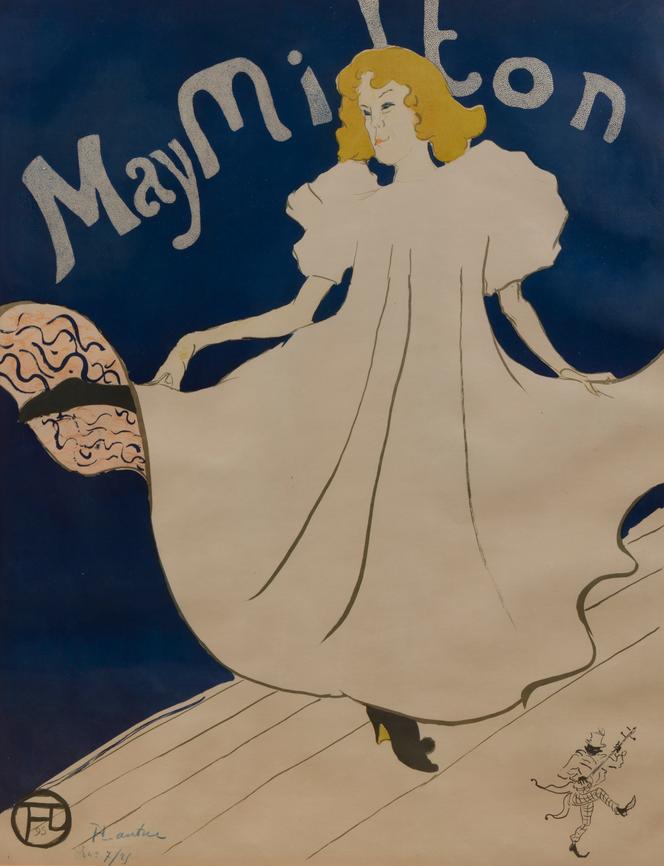


They are simultaneously an advertising tool, a political weapon and a standalone art form. Vintage posters are currently highlighted at the Musée d’Orsay in the “Art is in the Street” exhibition (until July 6), showcasing 150 posters that showcase a major phenomenon of the late 19th century. From music halls to tourism, these pieces illustrate the leisure revolution, adorning Morris columns or covering walls freed by the July 1881 law that reduced posting restrictions. The creativity unleashed by these posters quickly captivated artists. Avant-garde movements embraced them, transforming the capital into a colorful open-air museum. “The challenge to the hierarchy of arts is coupled with the role that artists, and then proponents of social art, assign to posters in the dissemination of art and public education,” explained curator Réjane Bargiel in the catalog of “Art is in the Street.”
The phenomenon was immediately accompanied by an “affiche-mania,” an acute collecting fever supported by non-commercial prints distributed in specialized bookstores like Edmond Sagot, ancestor of today’s Galerie Documents, located on Rue de Seine in Paris, part of whose collection was sold by Ader on April 2 and 3. Henri Beraldi, a writer and collector of late 19th-century posters, justified it like this: “Let us set aside the question of great art and lesser art; isn’t the ideal that art should be present in everything, even in the most ordinary objects?”
You have 74.24% of this article left to read. The rest is for subscribers only.
This post was originally published on this site be sure to check out more of their content

